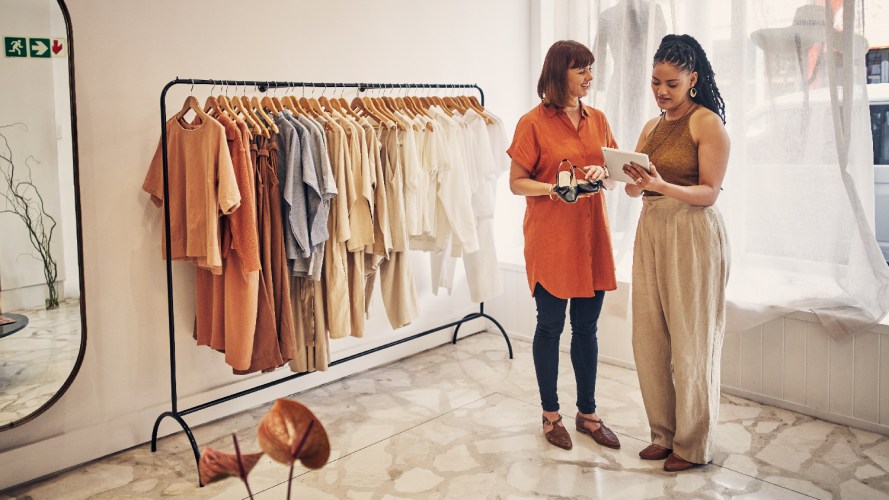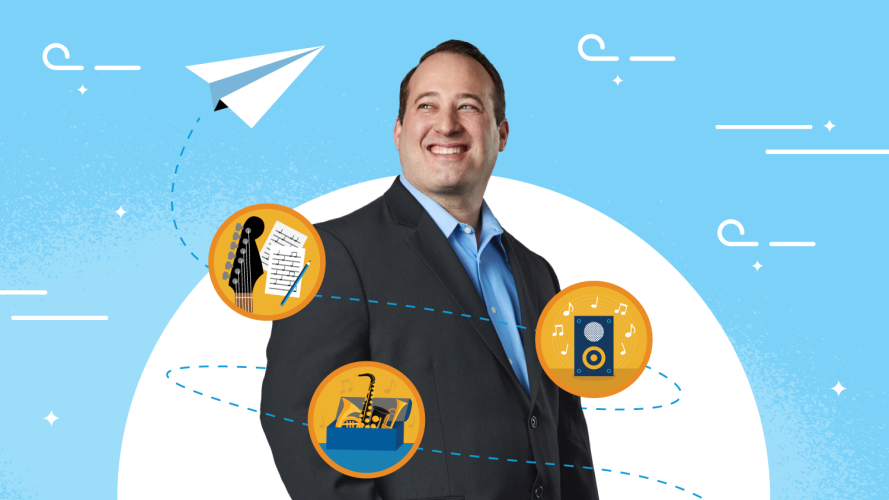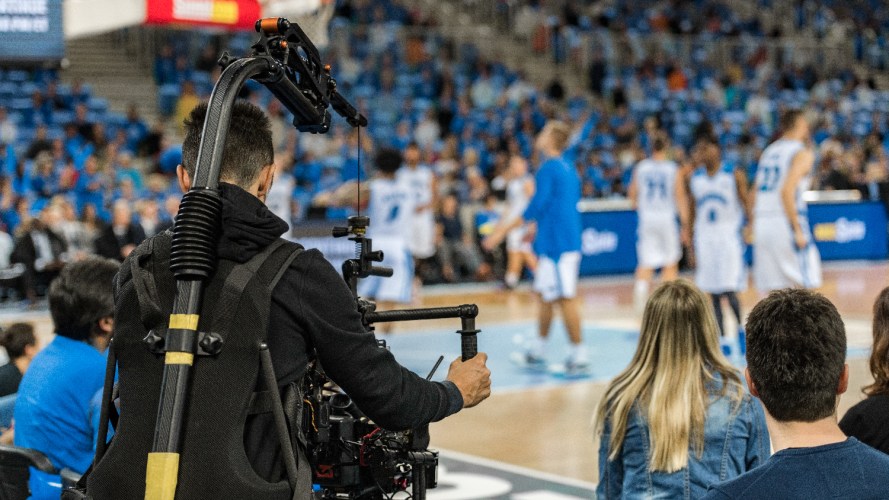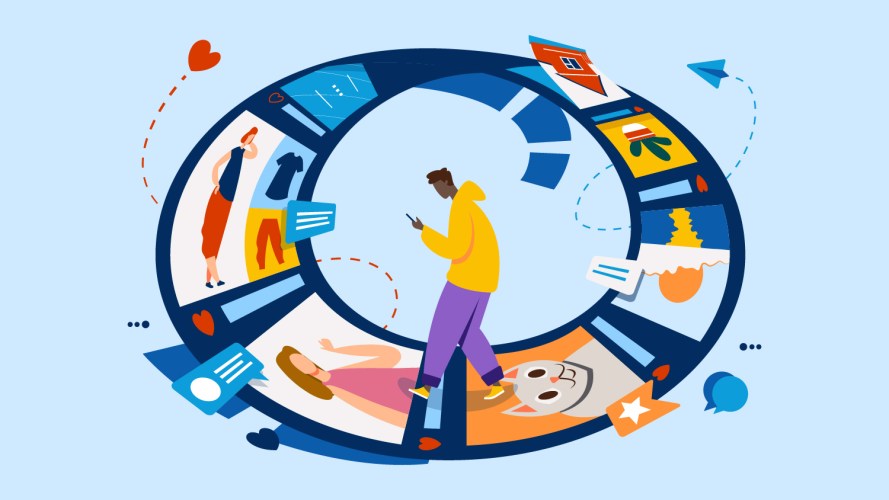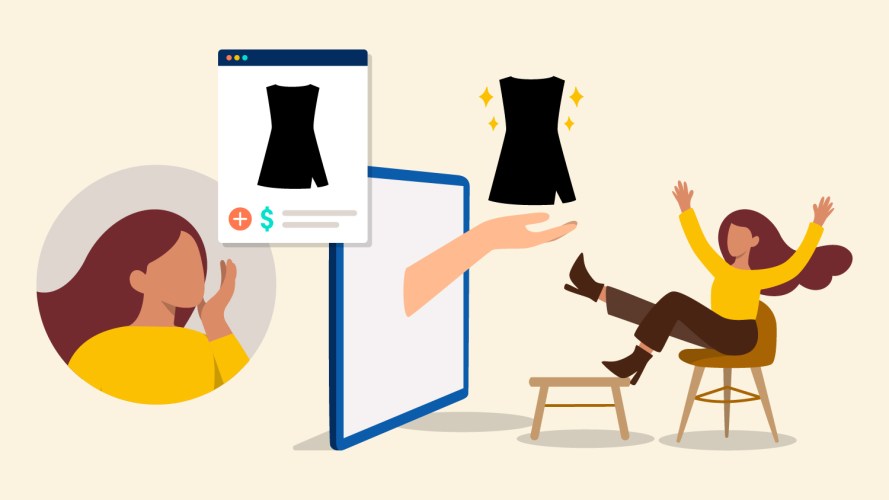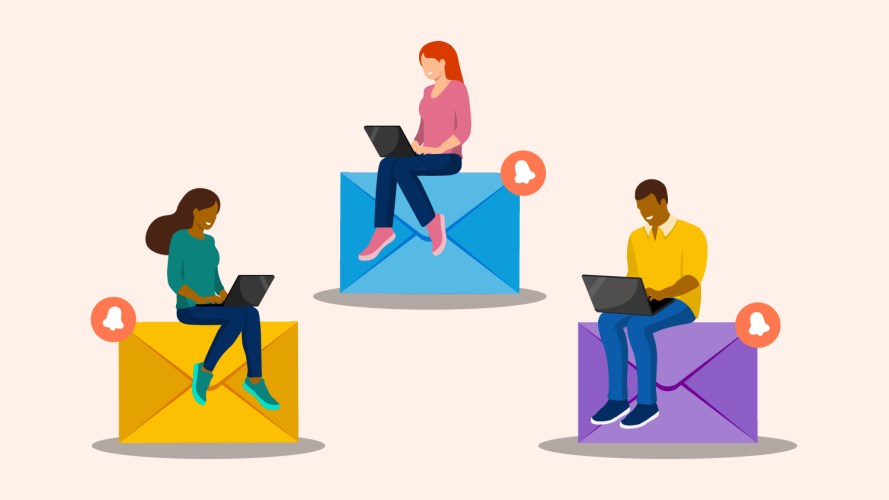How Unified Data Helps Deliver for Pilot Flying J



Pilot Flying J uses unified data to provide personalized journeys to drivers throughout their entire on- and offline experiences with the company.

Marta Lawrence
With 750 locations in 43 states and 6 Canadian provinces, Pilot Flying J is the largest operator of travel centers in North America. Despite serving more than $850 million in food sales and pumping nine billion gallons of fuel each year, the Senior Director of Digital and Brand Marketing Tyler Tanaka understands that at the end of the day they provide a commodity and knows his customers have a choice about where they stop and pump their fuel.
Focus on Utility
That’s why Tanaka and his team have thrown marketing personas out the door to focus on one simple mantra: utility. “When you’re driving down the road — male, female, mother, father — it really doesn’t matter when you’re just looking for a bathroom,” he says.
Providing these basic moments of value has been a huge philosophical shift for the organization. “Everything we do is focused on bringing utility and function to the guest,” Tanaka continues.
With this focus, Pilot Flying J launched a new app and cross-channel journeys that attempt to solve the major pain points of its customers. With the app customers can get what they need, whether its fuel, food, or even repairs. Plus, the app shares amenities that make the customers’ lives easier by including information on facilities and parking.
The response has been incredible. Before the new app launched in April 2019, customers gave the experience a dismal 2.7 stars. After the shift to the utility model, the average review is 4.7 stars with more than 16,000 customers sharing their opinion.
Personalized service
A great app alone isn’t the only secret to Pilot Flying J’s success. Personalization has been ingrained in the company since its founder wrote the names of patrons on masking tape and placed it inside the gas flap of each vehicle. When gas was pumped, the attendant could read the tape and engage the customer by name.
That same personalized service extends to the digital world. The company is obsessed with creating a 1:1 relationship with guests, prioritizing sending them the right information at the right place, and the right time.
For example, drivers can reserve a shower using the mobile app. When the shower is ready, the driver receives a push notification and a cipher lock for the door.
There’s also geofencing in each location, so the app can push offers based on the exact location where the driver is fueling. Sensors in the ground tell drivers if there are available parking spaces at a given location and parking reservations can also be made in the app. If a space isn’t available, they are sent suggestions for other locations.
Each personalized journey is based on moments that matter to the drivers, such as planning a route, deciding to stop, fueling, and parking.
Unified data and loyalty model
Reducing the friction for its customers was only possible when the company moved to an API-first strategy. Pulling in data, including loyalty data, from across the company created a single view of the Pilot Flying J customer. And that single view of the customer has allowed Pilot Flying J to offer the personalized service that keeps drivers loyal to their brand.
With this visibility into what the customer wants, when they want it, Tanaka believes, the experience across every channel better delivers the service that keeps the customer coming back.
Learn more about how to personalize experiences.
